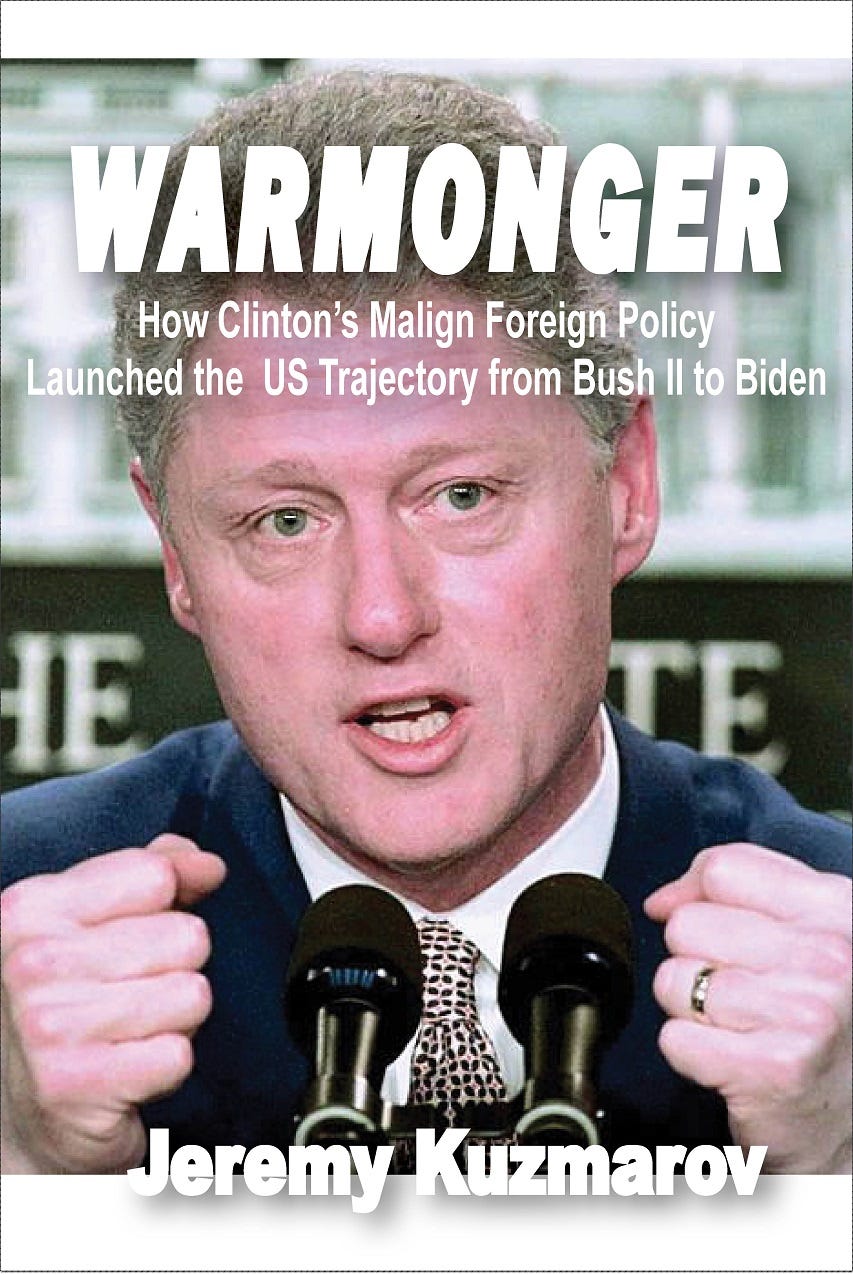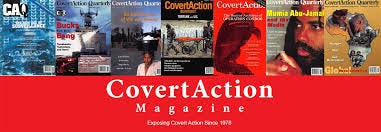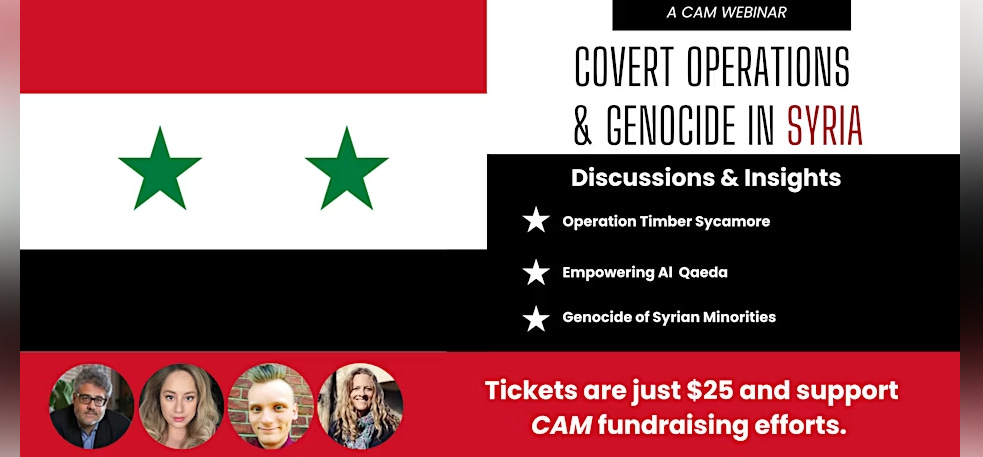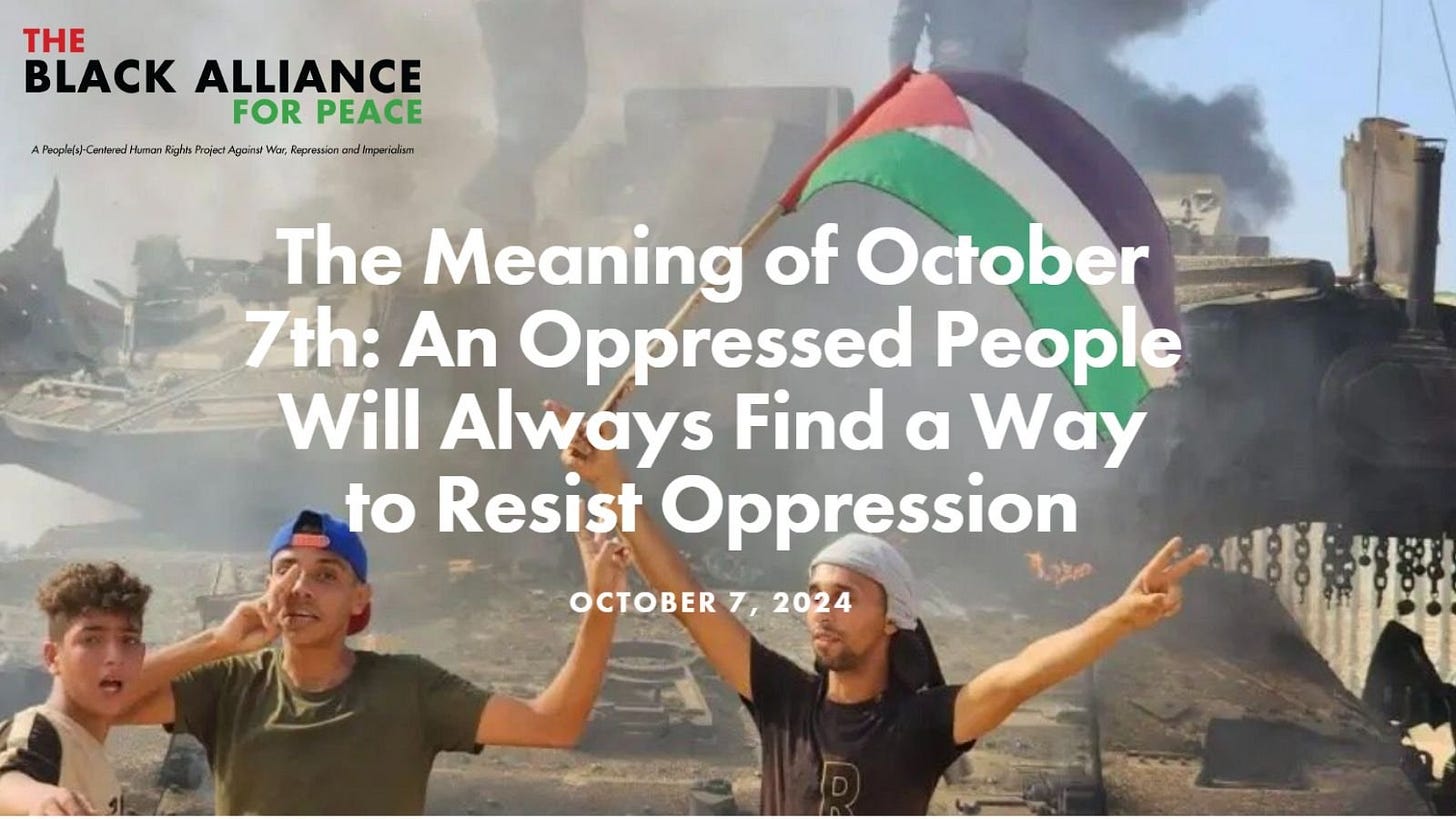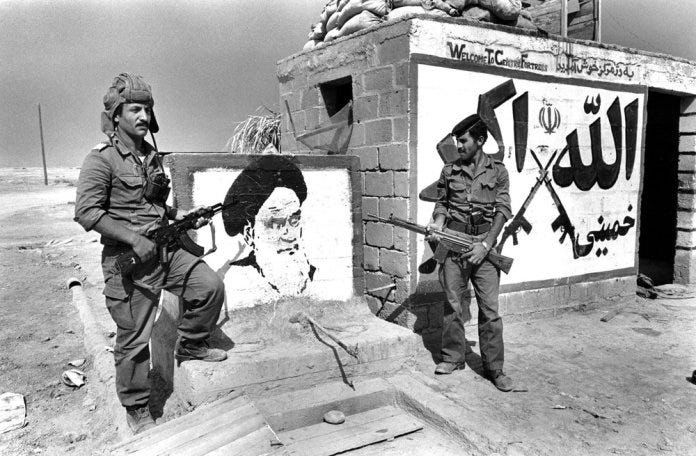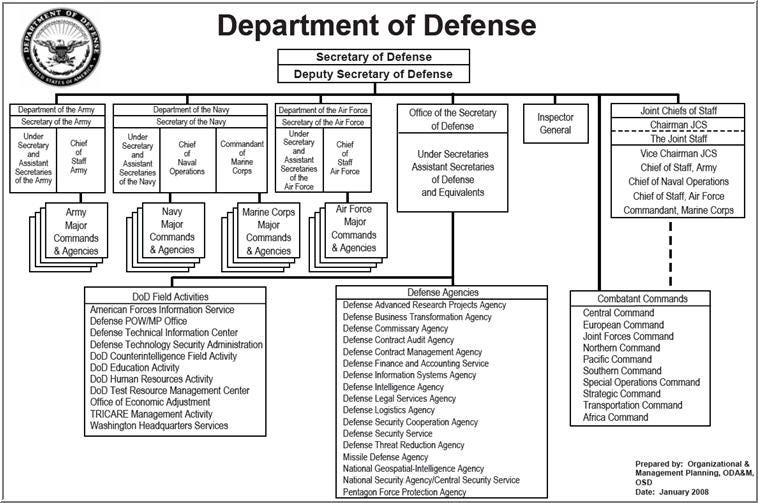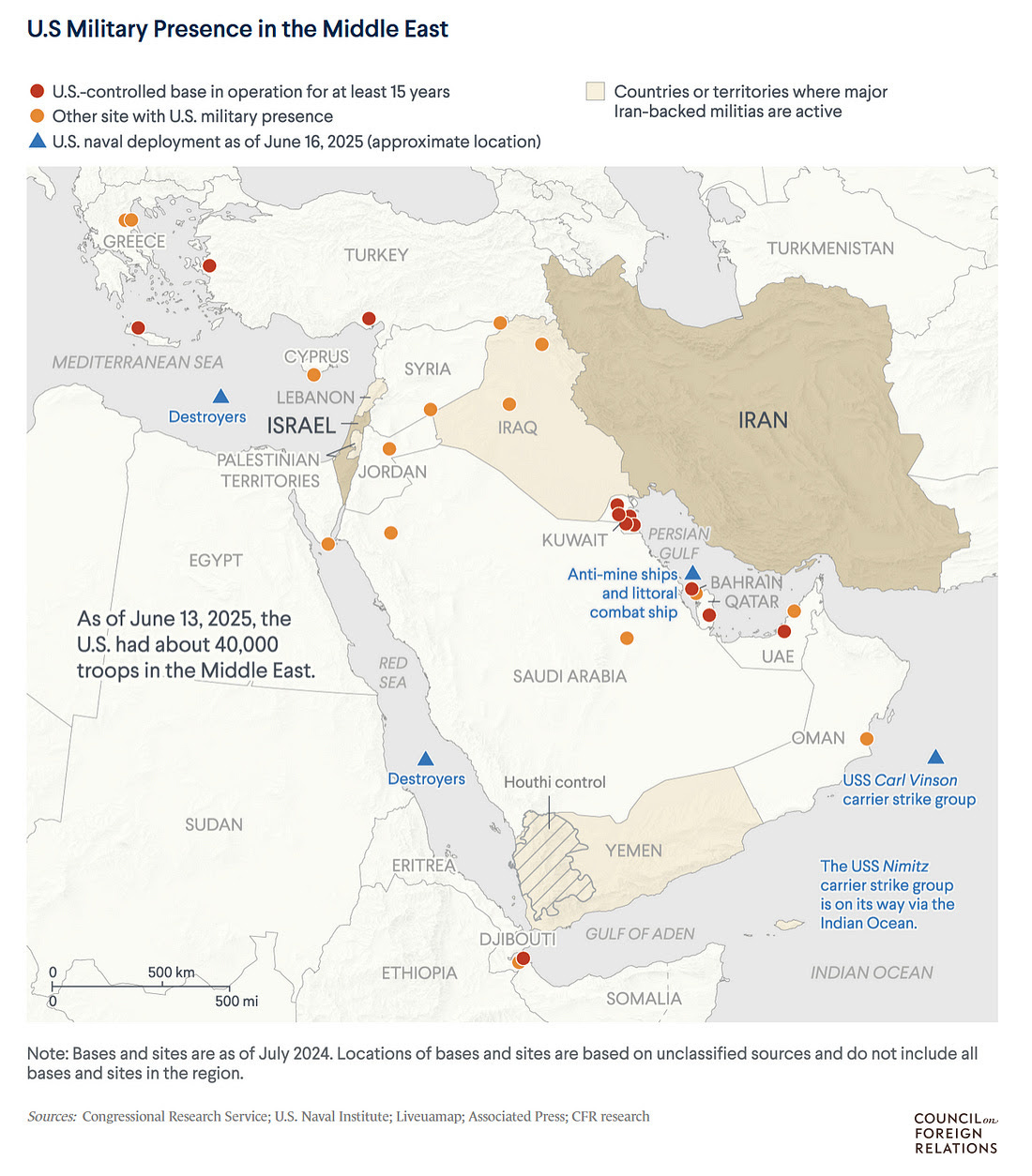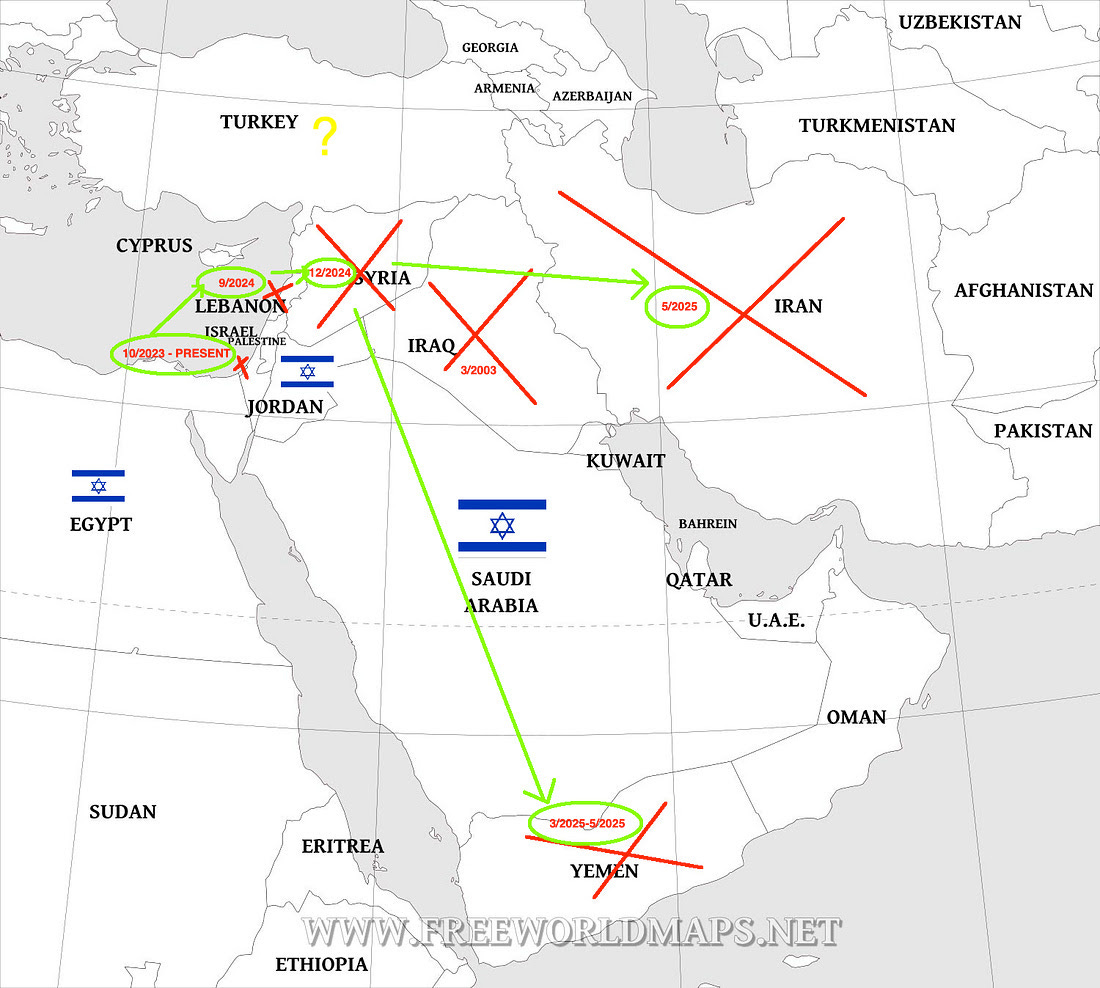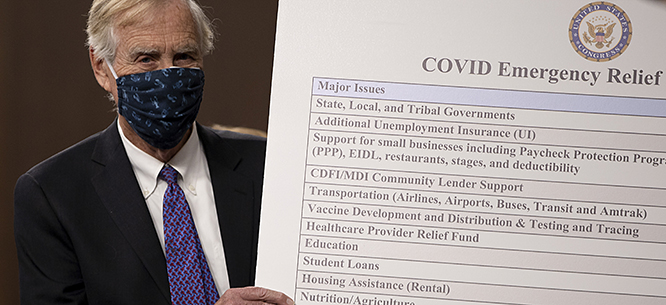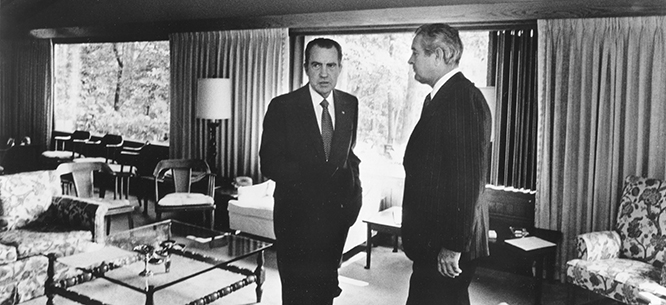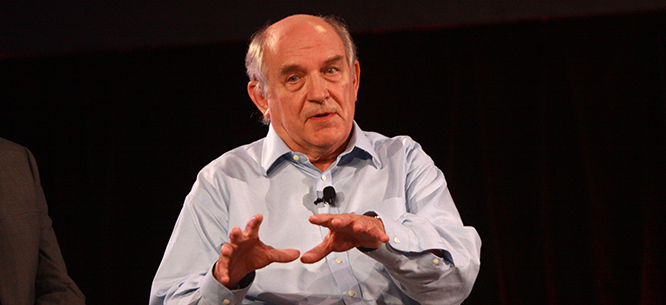 Despite endless insistence by privatizers that charter schools are public schools, many people spontaneously think that charter schools are not public schools.
Despite endless insistence by privatizers that charter schools are public schools, many people spontaneously think that charter schools are not public schools.
Much of the public does not automatically see charter schools as public schools proper. They are viewed as being different from public schools and put in a separate category than public schools.
When asked what they think a charter school is, the average person often says something like: “I’m not really sure, aren’t they some sort of private school, I really don’t know, but I have heard of them, they seem like private schools to me.”
In this vein, people often share different things they have heard about charter schools. For example, they have heard that charter schools are deregulated schools, take money from public schools, have high teacher turnover rates, cherry-pick students, offer no teacher retirement plan, have no teachers union, pay teachers less than public school teachers, etc. Such facts naturally infiltrate the public sphere and produce a certain social consciousness about charter schools, which have been around for 33 years.
Although the mass media works overtime to promote disinformation about the “publicness”/”privateness” of charter schools, it is significant that people generally see charter schools as being private in some way. There is a pervasive sense that charter schools and public schools are dissimilar entities with different structures, functions, aims, and results.[1] A main problem here though is that while people are aware of certain facts about charter schools they rarely have an integrated, cogent, well-worked-out analysis of what charter schools represent as an education arrangement in the U.S. A detailed big-picture view connecting many important dots is often missing, leaving many vulnerable to disinformation about charter schools.
A main reason for the widespread public perception of charter schools as private education arrangements is that charter schools do in fact differ from public schools in many ways, despite neoliberal efforts to mix up the “publicness” and “privateness” of these two different organizations.
But to add even more confusion to the mix, even some prominent “critics” of charter schools claim that charter schools are neither completely public nor completely private in character. They are supposedly “a little bit of both;” they are “a mix” of public and private.
According to this view, charter schools, all of which are owned-operated by unelected private persons, organizations, or companies, are supposedly “hybrid schools”—they are semi-private and semi-public, so to speak.
In other words, charter schools ride the public/private fence without being fully one or the other. This implies that one aspect (public or private) does not eclipse the other, which suggests that it is erroneous to see charter schools as the essentially privatized arrangements that they really are.
Keeping in mind that the U.S. constitution does not recognize education as a basic human right, it is important to discuss whether charter schools really operate as public schools or privatized education arrangements. This is not a trivial issue. Moreover, can charter schools be considered “hybrid” schools with both private and public features in the proper sense of both words, as some claim?
For starters, public and private mean the opposite of each other; they are antonyms. Importantly, public law deals with relations between the state and individuals, while private law deals with relations between private citizens. Contract law, for example, is part of private law. Charter schools are contract schools. Charter means contract. Thus, the laws that apply to charter schools differ from the laws that apply traditional public schools. This is why, for example, teachers’ rights in charter schools are not the same as teachers’ rights in public schools.
Public refers to everyone, the common good, all people, transparency, affordability, accessibility, universality, non-rivalry, non-discrimination, and inclusiveness. Examples of public goods include public parks, public libraries, public roads, public schools, public colleges and universities, public hospitals, public restrooms, public housing, public banks, public events, forests, street lighting, and more. These goods are available to everyone, not just a few people. They are integral to a civil society that recognizes the role and significance of a public sphere in modern times. Such public provisions can be optimized only in the context of arrangements that are genuinely and thoroughly democratic.
Private, on the other hand, means exclusive, not for everyone, not for the common good, not for all people, not collective, not governmental, not free, not broadly obtainable, only available to or accessible by a few. Something is private when it is “designed or intended for one’s exclusive use.” Examples include private property, private facilities, private schools, private clubs, designer shoes, Ferraris, first class plane tickets, mansions, and more. Such phenomena usually cost money, they are based on ability to pay.
To further elaborate, private also means:
-Secluded from the sight, presence, or intrusion of others.
-Of or confined to the individual; personal.
-Undertaken on an individual basis.
-Not available for public use, control, or participation.
-Belonging to a particular person or persons, as opposed to the public or the government.
-Of, relating to, or derived from nongovernment sources.
-Conducted and supported primarily by individuals or groups not affiliated with governmental agencies or corporations.
-Not holding an official or public position.
-Not for public knowledge or disclosure; secret; confidential.
In its essence, private property is the right to exclude others from use of said property; it is the power of exclusion;[2] it is not concerned with transparency, inclusion, the common good, collective well-being, or benefitting everyone. This is why when something is privatized, e.g., a public enterprise or social program, it is no longer available to everyone; it becomes something possessed and controlled by the few, for the few. This then ends up harming the public interest and social progress. Privatization typically increases corruption, reduces efficiency, lowers quality, raises costs, and restricts democracy. This applies to so-called “public-private partnerships” as well.
It is also worth noting that something does not become “public” just because it is called “public” many times a day. Simply repeating over and over again that something is public does not magically make it public. Nor does an entity spontaneously become “public” just because it receives public funds. This is not the definition of “publicness.” Thus, for example, as contract schools, charter schools do not automatically become state actors (i.e., public entities) just because they receive public funds. “Publicness” requires something more under State Action Doctrine.[3]
It is not surprising that there has always been a big chasm between charter school rhetoric and reality. Over-promising and under-delivering has been a stubborn but down-played feature of this deregulated private sector for 34 years. This can be seen in the large number of charter schools that have failed and closed in three decades, leaving millions out in the cold (see here and here).
Charter schools may look, sound, and feel public on paper, but they work differently in practice and under the law. Most charter schools operate in a manner that is the opposite of their description on paper. They do not live up to their description on paper.
Unfortunately, many do not question the description of charter schools on paper. They impulsively assume that if something is written on paper and declared “legal,” then it is automatically valid, unassailable, and true in reality. They embrace “paperism.” Critical thinking disappears in this scenario and anti-consciousness takes over. Dogmatic repetition of legal text takes hold and all thinking freezes.
The reason this obstinate large gap between rhetoric and reality remains under-appreciated by many to this day is because neoliberal discourse on charter schools keeps everything at the superficial level, regularly eschewing deep analysis, especially analysis that exposes the private character of charter schools and rampant corruption in the charter school sector. And combined with confounding what is on paper with what exists in reality, many are prevented from discerning the inherently privatized character of charter schools and the significance of this conclusion for education, society, the economy, and the national interest.
To be clear, charter schools are not hybrid public-private schools, nor are they public schools, properly speaking. They are private entities. And in the final analysis, the fundamental principle at stake is that public funds must not flow to private entities or so-called “semi-private” entities because public funds belong only to the public. The private sector has no legitimate claim to public funds that belong solely to the public. Only the public sector can control and use public funds for public goals.
Non-profit and for-profit charter schools are private businesses, regardless of their size, name, education philosophy, type, authorizer, general makeup, or location. Charter schools have always been owned-operated by private organizations. They are not state actors. They are not political subdivisions of the state or government agencies. They are not organic or natural components of state public education systems. They are not set up like that under state laws. Charter schools are not created by the State even though they may be delegated certain functions by the State. Creation and delegation are not synonymous. Furthermore, delegating a function (a way of doing something) is not the same as delegating authority (enforcing obedience). Charter schools are started/created by unelected private persons.
Charter schools have always been a different type of entity altogether: contract schools owned-operated by unelected private persons or organizations. They are performance-based contracts entered into by two distinct parties: a private organization and the government (or government-sanctioned entity). Naturally, partnering with the government is not the same as being part of the government. This is an important distinction in State Action Doctrine. Charter schools are not an arm of the government like traditional public schools are. They are not acting on behalf of a governmental body. Nor do they act with the same authority as the government. Interestingly, the appearance of the word “charter” before “school” is actually one of the many ways charter schools are distinguished from traditional public schools. It is also significant that the unelected private persons or corporations that own-operate charters, typically business people, derive more than an incidental benefit from owning-operating a charter school. Charter school administrators and trustees, for example, often derive a large amount of wealth and privilege from owning-operating a charter school.
For these and other reasons charter schools are intentionally called “independent,” “autonomous,” and “innovative” schools that do not follow most of the laws, rules, and regulations followed by public schools. These descriptors are key to the non-public character of charter schools. Consistent with “free market” ideology, charter schools are deregulated “schools of choice”—something “consumers” seek, even though most of the time it is the charter school that “chooses” the “shopper.”
Another major feature of the private character of charter schools is that, unlike public schools, they cannot levy taxes either. This is a particularly revealing difference between charter schools and public schools. Only the State and specific political subdivisions of the State (e.g., traditional public schools, cities, counties) can levy taxes. Charter schools are not part of this sovereign power. Also unlike public schools, charter schools are generally not zoned schools and their teachers are treated as “at will” employees, just like in a corporation. Many states even legally permit teachers to work in charter schools without any certification. Numerous other differences can be found here.
Public schools, on the other hand, are state agencies, actual government entities (1) created, (2) authorized, and (3) overseen by the State. They are therefore engaged in state action, while charter schools are not. Put differently, “Action taken by private entities with the mere approval or acquiescence of the State is not state action.”
As “autonomous,” “independent,” “innovative, “rules-free” schools, charter schools are not entangled with the state in the same way that traditional public schools are. The state’s mere labeling of an institution as public or private does not determine whether it is a state actor in State Action Doctrine. Under the law and in practice, the state exercises far more control over traditional public schools than it does over charter schools, which are “schools of choice,” at least on paper. Enrollment in a charter school is voluntary. In this sense, charter schools are more like private schools that have dotted the American landscape for generations. The main point is that the State does not coerce or compel charter schools to act in the same way as public schools proper. The degree of “entanglement” between the State and the entity in question is a very important consideration in State Action Doctrine. Artificial indicators, superficial signs, or various labels are not sufficient forms of “deep entwinement” with the State. The State must be “significantly involved” in a private entity’s actions in order to conclude that State action (and therefore the 14th Amendment) is at play. For decades, the actions of deregulated charter schools have not been attributable to the government, certainly not in the same way as the actions of traditional public schools have.
This is precisely why various provisions of the U.S. Constitution do not apply to privately-operated charter schools. Many private actions are not subject to constitutional scrutiny under State Action Doctrine. Certain constitutional standards generally do not apply to acts of private persons or entities. Constitutional standards apply mainly to the States and their subdivisions (like cities, counties, and school districts). Thus, as deregulated private actors, charter schools are generally not subject to liability under 42 U.S.C. § 1983,[4] while traditional public schools are. Never mind the fact that government has long been dominated by narrow private interests anyway. All levels of government today privilege private interests over the public interest. Americans exercise no control over what takes place in society.
The main reason neoliberals tirelessly repeat the disinformation that charter schools are public schools, or that charter schools have enough meaningful public features about them to render them “public” schools, is in order to justify siphoning billions of dollars a year from traditional public schools that have educated about ninety percent of America’s youth for generations. Charter schools could not seize these public funds if they were not called “public.” If they were openly recognized as the privatized entities that they are, what valid claim would they have to public funds? Public funds belong to the public. Why should public funds be handed over to private interests?
To go further, charter schools are privately-operated schools that increase segregation, intensify corruption, spend millions on advertising, have high teacher turnover rates, and constantly seek ways to maximize profits regardless of whether they are designated as non-profit or for-profit entities. They are fundamentally pay-the-rich schemes that are proliferating in the context of a continually failing economy dominated by major owners of capital. For these and other reasons, the intrinsic character of charter schools cannot be changed easily or quickly, especially given how long they have been around and how charter school laws have been written for 34 years. Can a charter school not be a charter school? Charter school owners-operators are big supporters of no governmental control and have long-referred to charter schools as “free market” schools.
For more than three decades this neoliberal financial parasitism has been cynically carried out in the name of “serving the kids,” “empowering parents,” “promoting innovation,” “getting results,” “providing choices,” “busting teacher unions,” and “increasing competition.”
Individualism, self-interest, consumerism, competition, and a dog-eat-dog ethos—the so-called “free market”—frame and drive this assault on public education and the public interest. Charter school advocates have long promoted a survival-of-the-fittest view of human relations. They believe parents are consumers who should fend-for-themselves in their quest to secure a “good education.” They think it is normal if a charter school fails, closes, and abandons everyone. This is how “businesses operate,” neoliberals casually declare.
Charter school promoters do not view parents and students as humans with an inalienable right to education that must be guaranteed in practice. You are basically on your own as you spend an extensive amount of time “shopping” for a “good” school. Fingers crossed. There are no guarantees of stability, quality, or security. Such an arrangement is claimed to be “the best of all worlds” in which the “fittest” survive while the “weak” fail. There is supposedly no conceivable alternative to this Social Darwinist ethos and the discredited racist doctrine of DNA that underlies such an obsolete ideology.
The private character of these outsourced contract schools also comes out in the fact that all charter schools in the U.S. are not only governed by unelected private persons, but many, if not most, are routinely supported, operated, or owned directly by wealthy individuals and organizations that are wreaking havoc in other spheres of society in the name of progress. In fact, many charter schools are openly operated as for-profit schools, which means cashing in on kids is their “education model.” Students are seen as a source of profit for these privately-owned-and-operated contract “schools of choice.”
Widespread patronage and nepotism in the charter school sector only add to the problems plaguing this deregulated sector, and a persistently low level of transparency and accountability in this deregulated sector does not help either. Charter authorizing bodies, the entities that supposedly oversee charter schools for a fee, have had little impact in ensuring high standards and quality in this nonpublic sector. In practice, “free market” accountability has actually lowered quality and standards.
Philosophically, legally, academically, organizationally, programmatically, and socially charter schools have little in common with public schools. They have more in common with private organizations and corporations than with public entities.
It is no accident that in recent years, neoliberal disinformation about the “publicness” and “privateness” of charter schools has become more debased in a desperate attempt to justify the expansion of charter schools across the country. Deliberate mystification about the “publicness” and “privateness” of charter schools has been at the forefront of neoliberal ideology and school privatization, disorienting even some critics of charter schools. But such “justifications” do not work because they lack legitimacy and authority; they are belied by reality.
A main thrust of the decades-long neoliberal antisocial offensive of neoliberals is to blur the distinction between public and private so as to promote narrow private interests in the name of serving the public interest. Such a top-down agenda carried out under the veneer of high ideals is self-serving because it damages education, society, the nation, and the economy. It undermines a modern nation-building project that empowers people and rejects monopolization of the economy by major owners of capital.
Charter schools prove that not every “innovation” that comes into being in the name of “education reform” benefits education, society, the economy, and the national interest.
The oral arguments presented on April 30, 2025 in the Supreme Court of the United States (SCOTUS) on the public funding of St. Isidore of Seville Catholic K-12 Virtual School in Oklahoma show that there is a strong push to treat charter schools as the private entities they are, and that the long-standing critical distinction between public and private is marred by more confusion and disinformation than ever. Keeping in mind that charter schools are “public” only on paper, if SCOTUS deems charter schools to be state actors (i.e., public schools), then the First Amendment’s Establishment Clause applies, which means that charter school cannot be religious. However, early news reports suggest that, for the first time in history, SCOTUS may well approve the funneling of public funds to private religious actors like St. Isidore. While no court decision will change the long-standing private character of charter schools for the last 34 years, a final decision on this divisive landmark case by the SCOTUS is expected in June 2025. More on this in a future article.
The first charter school law in the U.S. was established in Minnesota in 1991. Today, about 3.8 million students attend roughly 8,000 charter schools across the country. Charter schools are legal in 47 states, Washington DC, Puerto Rico, and Guam.
ENDNOTES:
[1] The vast majority of teacher education students in the United States pursue teaching credentials in order to teach in a traditional public school. Very few, if any, are striving to become charter school teachers.
[2] The right to exclude is “one of the most treasured” rights of property ownership.
[3] It should always be borne in mind that the State today is a State of the rich and not a State that serves the public interest.
[4] The 14th Amendment is central to State Action Doctrine.
The post
Can a Charter School Not Be a Private Entity? first appeared on
Dissident Voice.
This post was originally published on Dissident Voice.



